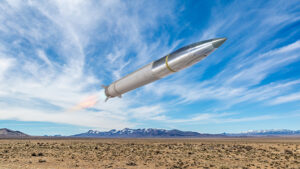
The National Nuclear Security Administration (NNSA) still expects to be late starting delivery of refurbished nuclear gravity bombs and ballistic missile warheads to the Air Force and Navy, but the current crop of bombs and warheads are enough “to get the job done” for a little while longer, the No. 2 at U.S. Strategic Command said Wednesday. NNSA disclosed in May that problems with commercial-off-the-shelf capacitors would probably delay the date the semi autonomous Department of Energy agency can finish…

 By
By 








